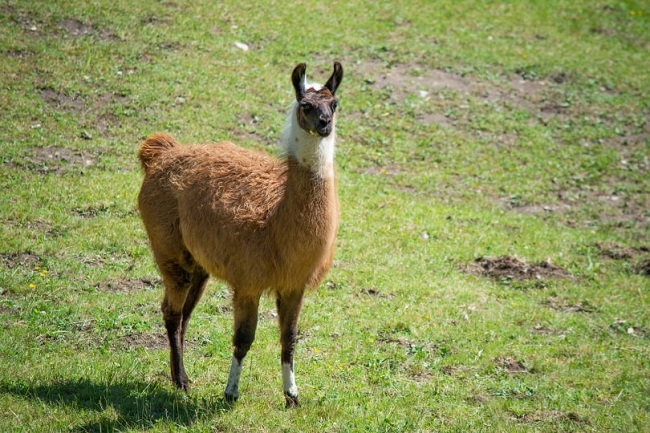The intriguing world of llamas is captivating many enthusiasts, leading to a surge in the interest in these Andean creatures as pets, livestock, or therapy animals. However, how much does it cost to buy and maintain a llama? Let’s dive into the details.

Initial Purchase Price
The cost of buying a llama can vary widely, depending on factors like age, breed, sex, and purpose.
Prices can range from $100 for an older or rescue llama to over $5000 for a top-quality, young llama with superior genetics. Generally, you can expect to pay between $500 and $2000 for a healthy, well-trained llama.
Factors Influencing Llama Cost
Here are some factors influencing the Llama cost:
Age and Health
Young, healthy llamas are typically more expensive, while older or those with health issues may come at a lower price.
Training and Purpose
Llamas trained for specific purposes like pack, guard, or show llamas, may command a higher price. Similarly, llamas with good breeding lineage can also be costly.
Availability and Demand
In regions where llamas are widely available, prices may be lower. Conversely, high demand and lower supply can raise the price.
The Cost of Keeping a Llama
Owning a llama extends beyond the initial purchase price. Costs associated with feeding, housing, healthcare, and grooming also need to be factored in.
Feeding Costs
Llamas primarily feed on hay, with occasional treats of fruits, vegetables, and llama pellets. Expect to spend around $30-$50 per month on feeding a single llama.
Housing and Fencing
Llamas require a sheltered area to protect them from extreme weather. The cost of fencing can vary depending on the size of the enclosure and the type of fencing materials used.
Healthcare
Routine veterinary care, vaccinations, and potential health issues can add to the cost. It’s wise to budget around $200-$400 per year for regular health checks and preventive care.
Grooming
Grooming needs can include shearing, toenail clipping, and deworming. Depending on whether you do these tasks yourself or hire a professional, these costs can add up.
Llama Training Costs
Training a llama for various purposes like packing, guarding, or participating in shows can incur additional costs. Professional trainers charge varying rates depending on the duration and complexity of the training.
Llama Breeding Costs
If you plan on breeding llamas, consider the associated costs. These may include veterinary expenses for prenatal care, potential birthing complications, and postnatal care for the mother and cria (baby llama).
Insuring Your Llama
Like other pets and livestock, it’s possible to get insurance for llamas. The cost will depend on the coverage, which can include accidents, illness, theft, and death. It’s wise to consider insurance as part of your budgeting.
Llama Transportation Costs
Whether you’re buying a llama from a distant location or moving your llama for shows or breeding, transportation costs can be significant. These costs will depend on the distance and the mode of transport.
The Hidden Costs of Time and Commitment
While not a financial cost, the time and effort required to properly care for a llama should be a crucial part of your consideration. Llamas need daily care, regular exercise, and social interaction.
Conclusion
The decision to buy a llama shouldn’t be made lightly. Understanding the costs associated with purchasing and maintaining a llama is a crucial part of the decision-making process.
While they can be expensive to buy and care for, llamas can also be rewarding pets for the right owners, offering companionship, utility, and the joy of a unique pet ownership experience.
























